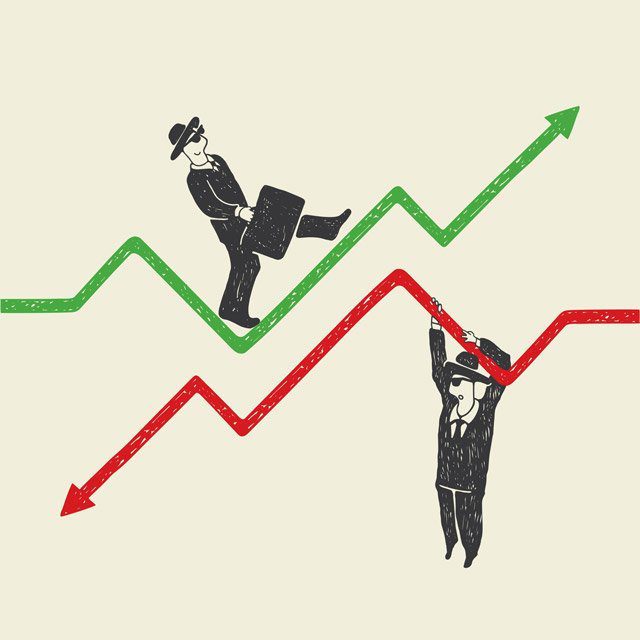BofA Says This Fed Move Would Shave 7% Off S&P 500

What You Need to Know
A new study by a Federal Reserve Bank of Atlanta, though, found the action would have a relatively modest impact on the economy.
Stocks are already facing numerous headwinds stemming from the Federal Reserve’s aggressive interest-rate hikes. But if history is any guide, the winding down of the central bank’s balance sheet poses a risk to equity prices, according to Bank of America.
When looking at the historical relationship between the Fed’s bond purchases and S&P 500 returns from 2010 to 2019, the bank concluded in a research note on Monday that quantitative tightening through 2023 would translate into a 7% drop in the benchmark gauge from current levels.
According to BofA, quantitative easing has explained more than 50% of the movement in the market.
QT vs. QE
Quantitative tightening has undoubtedly taken a back seat to more pressing issues such as inflation and recession angst, Chris Zaccarelli, chief investment officer at Independent Advisor Alliance, said. Yet, the tapering of the Fed’s asset holdings may come to the forefront as growth continues to slow.
“The market has been celebrating the fact that the next rate increase is likely going to be 50 basis points and not 75, and yet the market does not seem to be looking ahead to QT,” said Jane Edmondson, founder of EQM Capital. “I think the assumption is that — given how well telegraphed the Fed’s QT plans have been — it is already priced into the market.”




